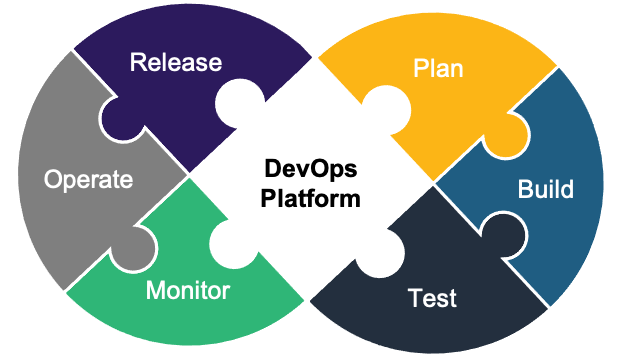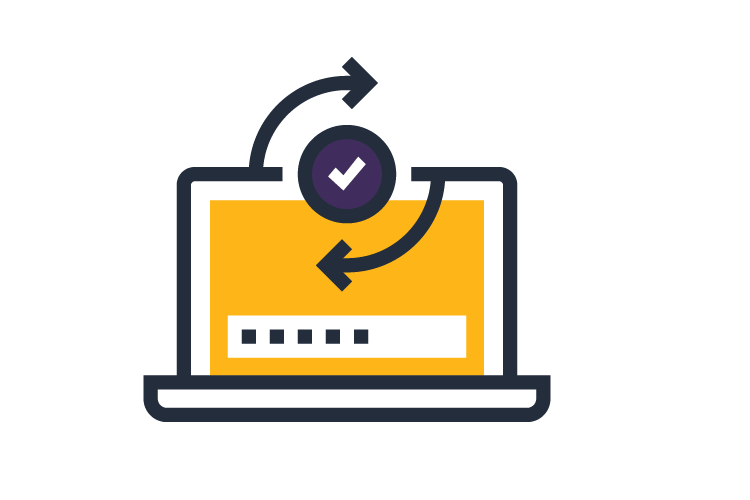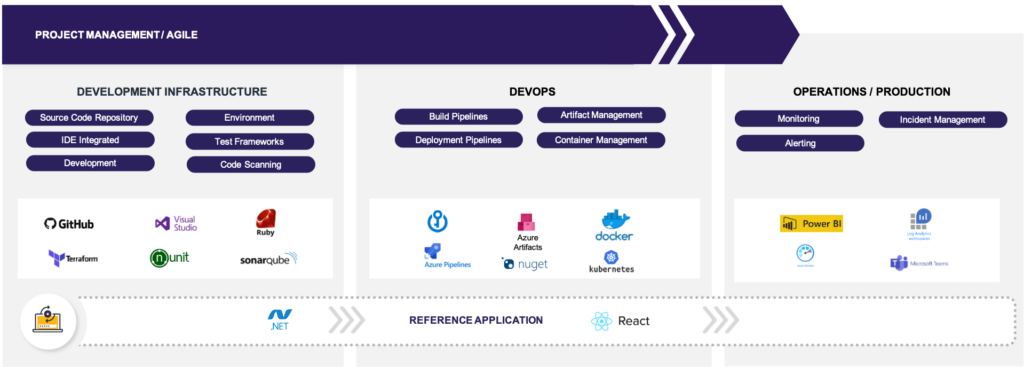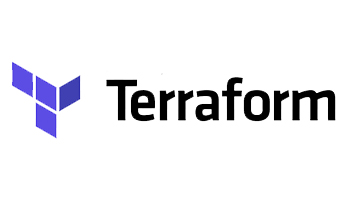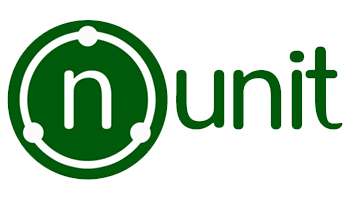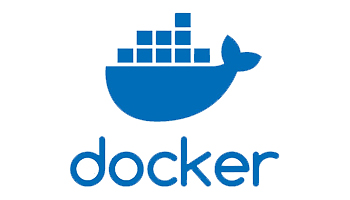Our DevOps practices can modernize, integrate, automate, or manage your pipeline.
Using our integrated Modern Software Delivery (MSD) approach, we empower you to deliver high-quality software rapidly, reliably and continuously through:
- Continuous integration and delivery (CI/CD) pipelines that increase software delivery speed and quality.
- Cloud-first strategies that enable teams to seamlessly support, scale and manage technology.
- Modern architectural approaches, using concepts of modularity and containerization, that yield savings by allowing development to occur in smaller, isolated areas of functionality.
Our modern practice delivers powerful DevOps benefits. Our approach gives leaders the agility they need to scale or pivot their software quickly to meet constantly changing business demands, freeing your delivery pipeline of silos and out-of-date processes, archaic engineering practices, and inadequate tools.
We accomplish this through a focus on delivery flow via automation throughout the DevOps lifecycle. While Agile management processes can improve software development, traditional pipelines often depend on manual triggers to move developing code along.
In our DevOps model, we focus on making code changes smaller and less risky, so they can move smoothly on their own. This allows you to deliver higher-quality solutions to production more quickly.
The result: More reliable software, generated more quickly, that can respond better to rapidly changing business environments.

